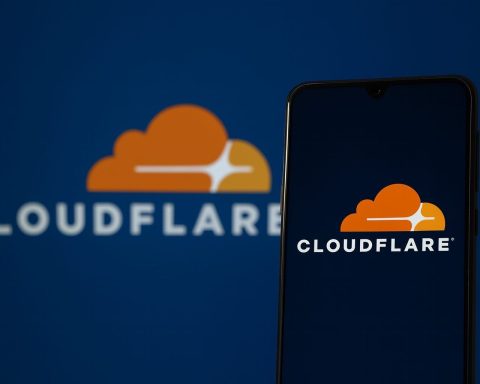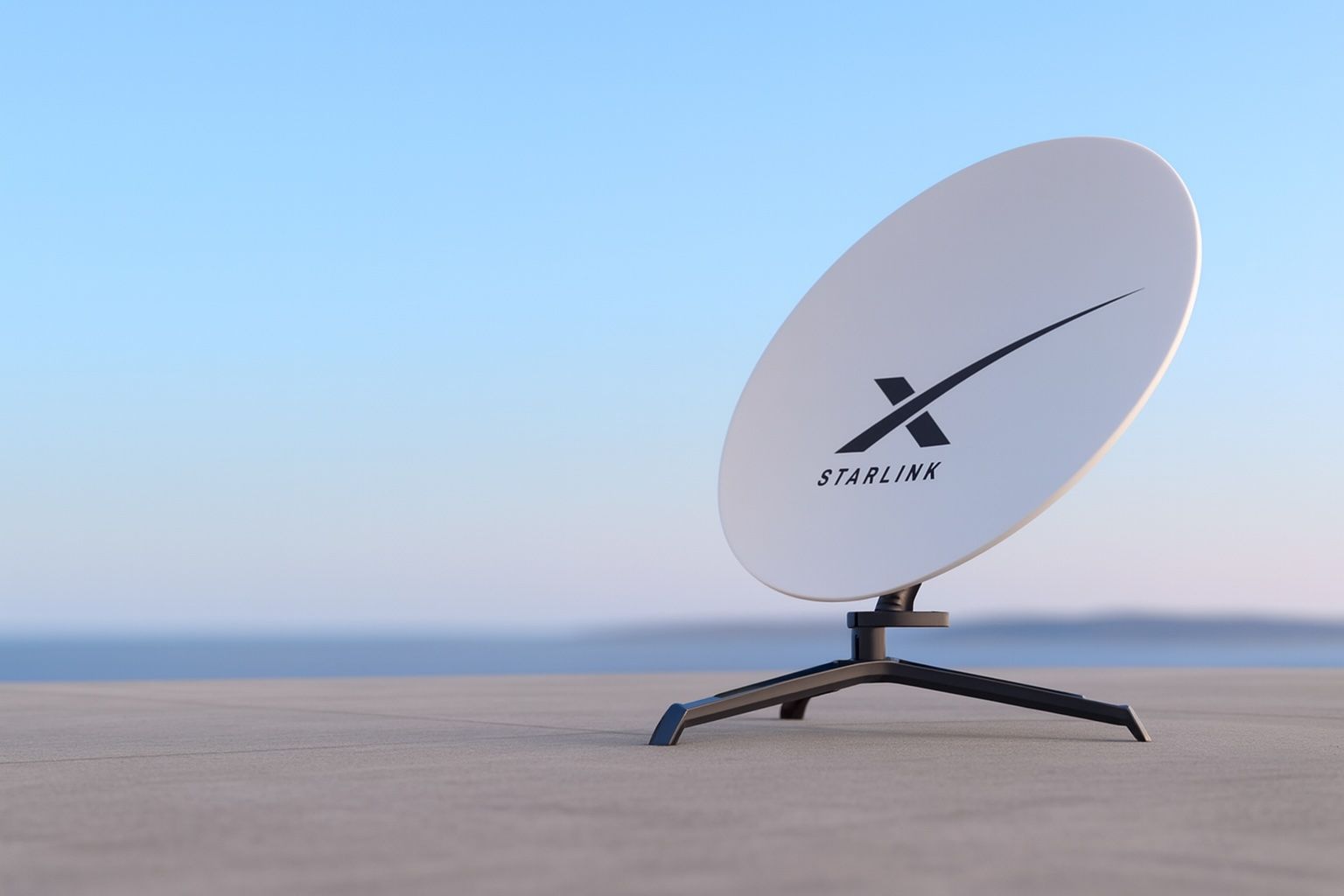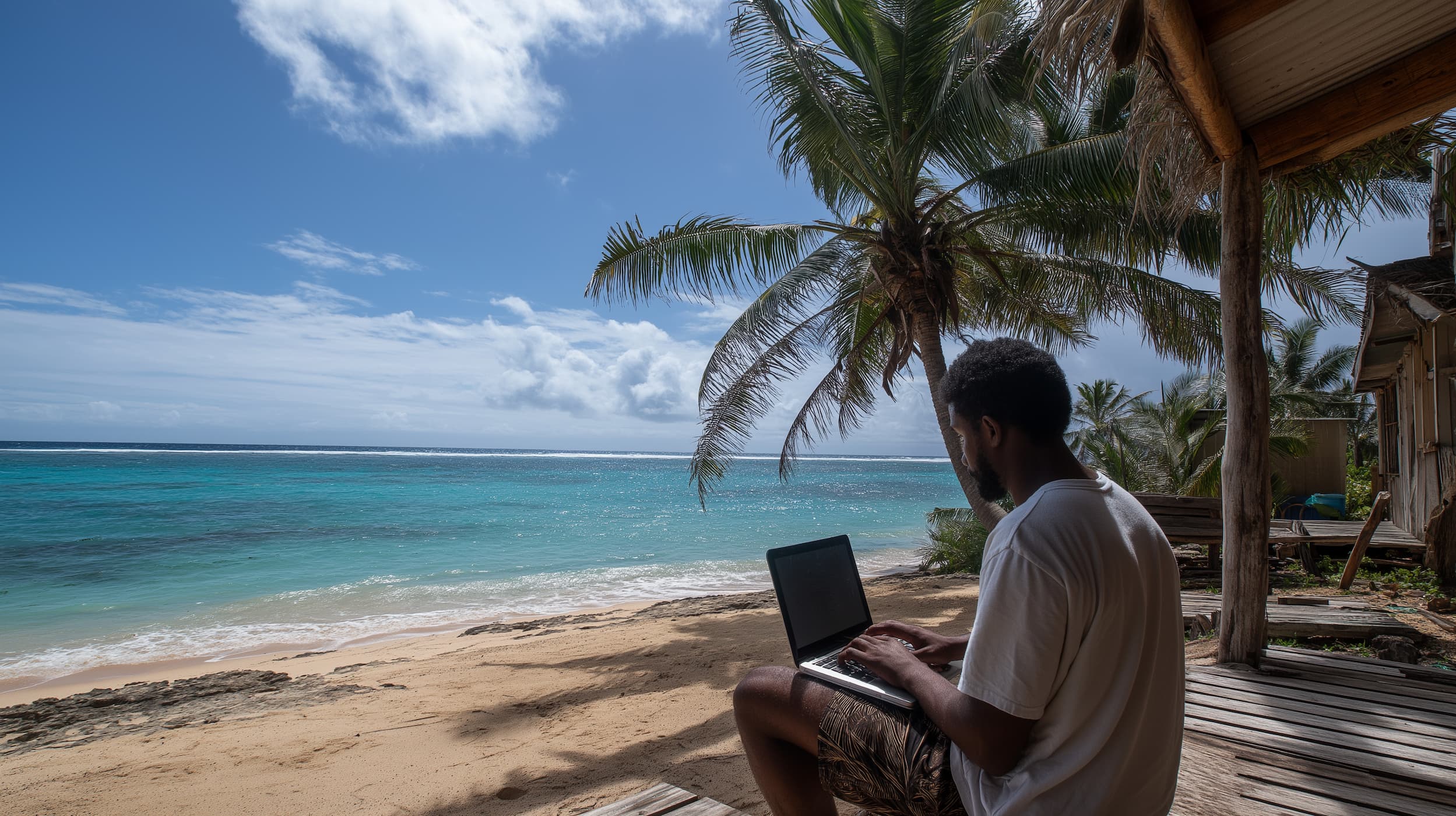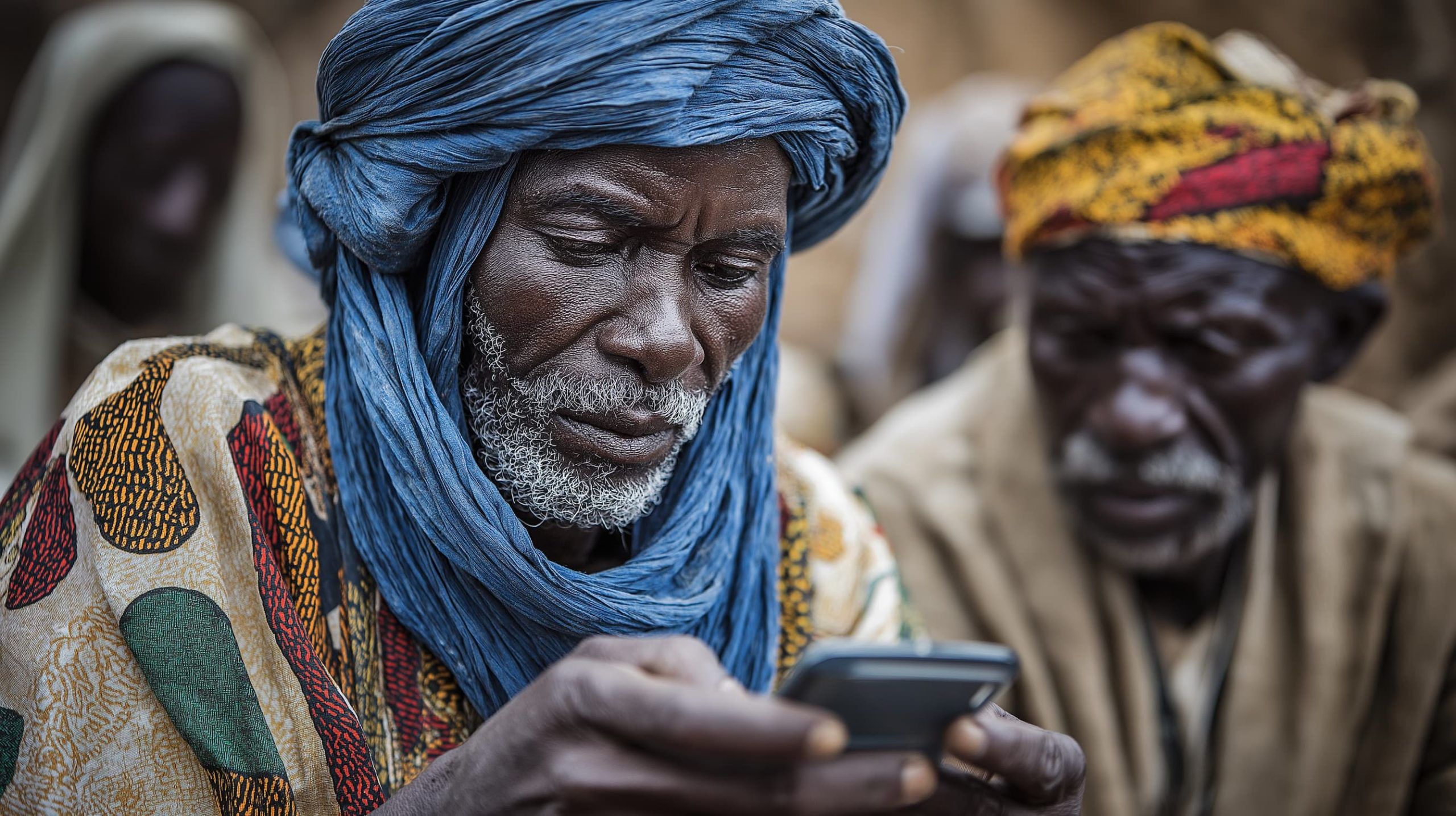
Cloudflare Down Again: December 5, 2025 Outage Triggers 500 Errors for Zoom, X, Canva, Banks and More
Cloudflare, one of the internet’s most important infrastructure providers, suffered another major outage on Friday, December 5, 2025, briefly knocking offline or slowing a huge range of websites and apps around the world. Users trying to reach services from social










